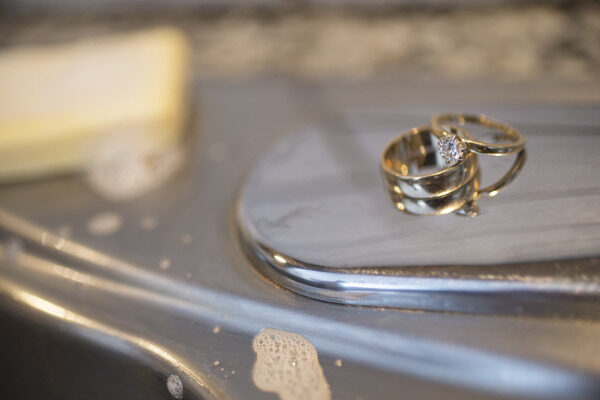
These days, many American households include a mix of generations and that means a mix of possessions and valuables. If you regularly help others out by storing their belongings, you’ll need to find out if additional coverage is needed to cover those items. If it’s in your house or on your property, you’re responsible for it. That means that you need to be sure that things you don’t actually own are covered by your homeowners’ insurance policy.
To know whether you have enough homeowners’ insurance coverage for your possessions, conduct a home inventory. Document everything you own and don’t own and what it would cost to replace it. Given that many homeowner’s policies set the limit based on a percentage of the replacement cost of the home, if you have very valuable items such as jewelry or artwork, ask your insurance agent about a rider or floater to cover them.
Valuables items that can be insured
As a prerequisite to taking a home inventory, list and photograph items that are on your premises. If your list includes valuables, talk with your insurance agent about the best way for you and the items’ owner(s) to cover the liability. Often-overlooked items that might be in your home but that you don’t own include:
- Furniture
- Collectibles
- Musical instruments
- Professional or scientific equipment or gear
- Sports gear
- Seasonal gear
- Power and hand tools
- Art
- Vehicles
- Boats
- Recreational vehicles
- Family heirlooms
Some items have more sentimental value than market value. You can’t put a price on your family scrapbooks, for instance – and that’s the point. A scrapbook is insured only for the cost of replacing the actual book. That’s why it’s important to have duplicates of irreplaceable photos and memorabilia either digitally stored or in a safe place, perhaps with friends or relatives.
When in doubt, hire a licensed appraiser to review your collections. While it’s tempting to simply use online auction sites as a gauge of value, such services won’t give you a defensible estimate of value.
What to include in your home inventory list
While the process of taking inventory is about documenting what you own, figuring out what to insure is different.
Sort your possessions into three categories: things that probably require additional insurance; things that definitely are not worth insuring and things that are probably worth adding insurance protection. This will streamline your conversation with your agent. Your home inventory list may look something like this:
Items worth insuring or adding additional protection:
- Fine furniture
- Genuine jewelry
- High-end electronics
- Sterling silver
- Antiques
- Art with an established provenance, such as signed limited-edition prints
Probably adequately insured by your homeowner’s policy:
- Easily replaceable items such as not-rare books, electronics and appliances
- Unfinished projects
- Nonfunctional and obsolete electronics and appliances
- Replaceable toys
- Office supplies
- Pantry inventory and other consumables
- Holiday decorations
Your home is full of things and memories. Realizing the difference lets you concentrate your insurance investment on the things that matter most. To determine the right coverage for you, talk to your insurance agent, and provide as much detailed information as possible. Together, you can work to help you get the policy you need



